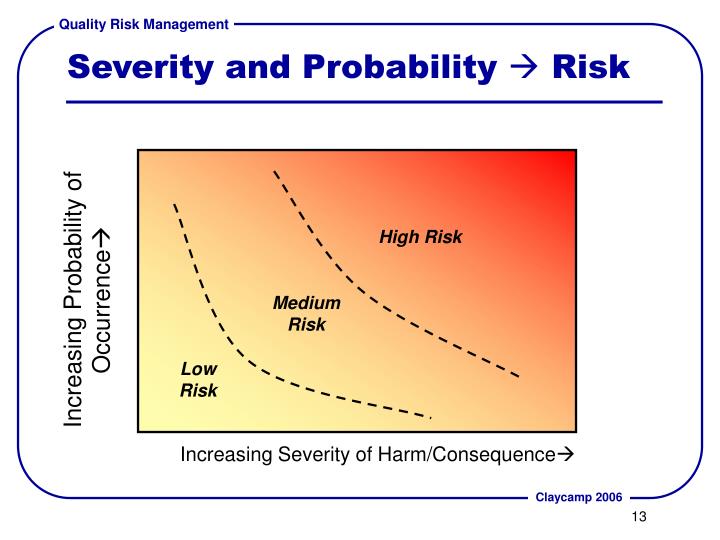
Include all aspects of work, including remote workers and non-routine activities such as repair and maintenance. Take a look around your workplace and see what processes or activities could potentially harm your organization. Mental hazards (excess workload, bullying, etc.).Chemical hazards (asbestos, cleaning fluids, etc.).Technological hazards (lost Internet connection, power outage, etc.).Intentional acts (labor strikes, demonstrations, bomb threats, robbery, arson, etc.).

Workplace accidents (slips and trips, transportation accidents, structural failure, mechanical breakdowns, etc.).Biological hazards (pandemic diseases, foodborne illnesses, etc.).Natural disasters (flooding, tornadoes, hurricanes, earthquakes, fire, etc.).The first step to creating your risk assessment is determining what hazards your employees and your business face, including: Once you've planned and allocated the necessary resources, you can begin the risk assessment process. Plan your assessment with these regulations in mind so you can ensure your organization is compliant. For instance, the Occupational Safety and Health Administration (OSHA) sets and enforces working condition standards for most private and public sectors. Laws and regulations: Different industries will have specific regulations and legal requirements governing risk and work hazards. Designate who will fill key roles such as risk manager, assessment team leader, risk assessors, and any subject matter experts. Stakeholders: Who is involved in the risk assessment? In addition to senior leaders that need to be kept in the loop, you’ll also need to organize an assessment team. Resources: What resources will you need to conduct the risk assessment? This includes the time, personnel, and financial resources required to develop, implement, and manage the risk assessment. The scope of your assessment impacts the time and resources you will need to complete it, so it’s important to clearly outline what is included (and what isn’t) to accurately plan and budget. Scope: Define the processes, activities, functions, and physical locations included within your risk assessment. Preparing for your risk assessmentīefore you start the risk management process, you should determine the scope of the assessment, necessary resources, stakeholders involved, and laws and regulations that you’ll need to follow. The steps used in risk assessment form an integral part of your organization’s health and safety management plan and ensure that your organization is prepared to handle any risk. Determining the budget to remediate risksīusinesses should perform a risk assessment before introducing new processes or activities, before introducing changes to existing processes or activities (such as changing machinery), or when the company identifies a new hazard.Creating an accurate inventory of available assets.Creating awareness about hazards and risk.Providing an analysis of possible threats.

The goal of a risk assessment will vary across industries, but overall, the goal is to help organizations prepare for and combat risk. As part of your risk assessment plan, you will first identify potential hazards and then calculate the risk or likelihood of those hazards occurring. A risk, on the other hand, is the chance that a hazard will cause harm. A hazard is anything that can cause harm, including work accidents, emergency situations, toxic chemicals, employee conflicts, stress, and more. It’s important to note the difference between hazards and risks. Decide what steps the organization can take to stop these hazards from occurring or to control the risk when the hazard can't be eliminated (risk control).



 0 kommentar(er)
0 kommentar(er)
